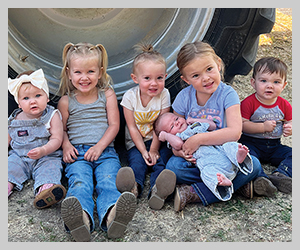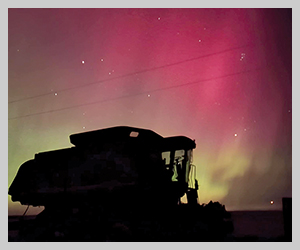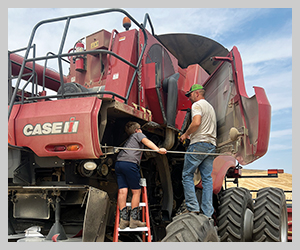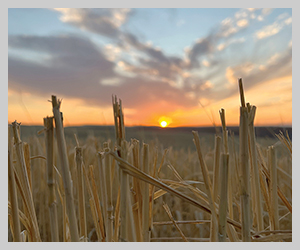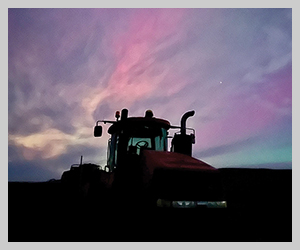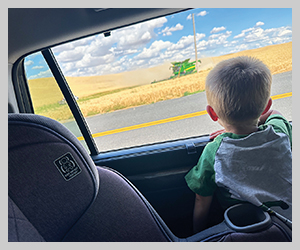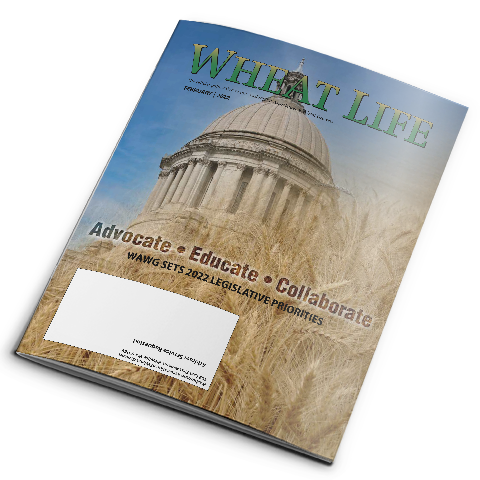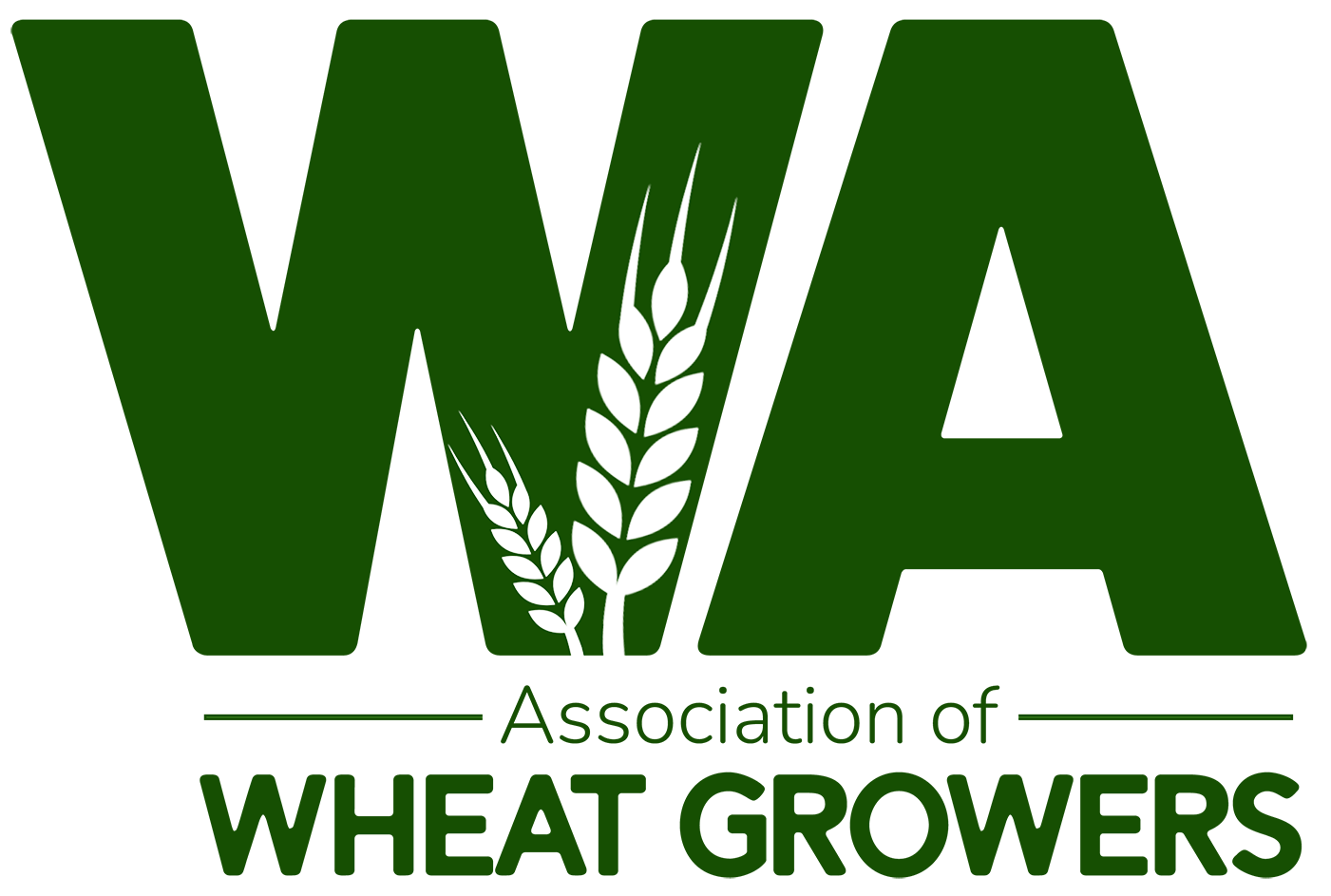
Two U.S. Department of Agriculture state leaders teamed up in February to update growers on the latest agency information as part of the Agricultural Marketing and Management Organization’s winter schedule. Jon Wyss, state executive director for the Farm Service Agency (FSA), and Roylene Comes At Night, state conservationist for the Natural Resources Conservation Service (NRCS), presented at workshops in Spokane Valley and the Tri-Cities. This article reflects the Spokane Valley workshop.
Farm Service Agency
The Washington State FSA is working hard to make sure growers get the service they need by taking more of a business model approach to staffing, said Wyss.
“I believe we need to do a better job of training and promoting within,” he said. Wyss explained he’s been able to add extra positions within his budget to prepare for coming retirements, so that “when a person retires, trained staff is already in place.”
Another approach Wyss is taking to improve service is sharing some staff between counties. For example, Port Angeles hasn’t had any FSA staff since 1995, but this year, FSA is preparing to have personnel from the Snohomish County office spend a few days every month in the town to work with producers.
The agency continues to move towards a paperless office. Beginning in June, producers who go into their local office to sign documents will be doing so through a kiosk. Eventually, the agency will be able to send documents to producers via email and have them sign those documents electronically before sending them back.
Program-wise, the state office is discussing changes and updates to the Conservation Reserve Program (CRP) contract stand requirements and how to work with owners who have tried to — and can show intent — but don’t meet the contract requirements. For growers who initially bid at a 50, at re-enrollment, if the stand has at least three of the five required species, producers will be allowed to re-enroll, but at a 20, “… because we know, after 10 years, the five aren’t going to grow, and you’ve done everything. I think that is a pretty fair compromise instead of kicking everybody out,” Wyss explained.
Another change to CRP is when emergency haying and grazing can take place. If a parcel in a county reaches a D2 on the national Drought Monitor, the county is eligible for emergency haying and grazing on that date.
The state FSA’s troubles with the Conservation Reserve Enhancement Program (CREP) continue. Wyss said they’ve completed their CREP audit and found additional contracts that were approved but shouldn’t have been, but he’s hopeful they’ve found a workaround that will avoid cancelling contracts. Producers who might be impacted will be contacted before any action takes place.
Natural Resources Conservation Service
According to Comes At Night, NRCS’s whole world changed when the Inflation Reduction Act (IRA) quadrupled the agency’s funding from $4 billion to $19.5 billion. The agency must spend the funds by 2031. In 2023, NRCS-Washington received approximately $10 million. In 2024, they have been allocated $40 million.
“We have a really short window to make sure this funding gets to you to put good conservation practices on the ground. This is massive funding. Unbelievable funding,” she said. “I haven’t seen this in my 35 years.”
The IRA funding doesn’t create new programs; it expands existing climate programs. Five resources concerns have been identified with 34 practices to choose from. The money will be spread across five programs:
- The Conservation Technical Assistance Program helps producers develop a conservation plan that is voluntary and nonregulatory.
- The Environmental Quality Incentives Program (EQIP). This is the program to help growers install conservation practices. Applications are accepted all year, with the application batching period usually happening in October. Examples of EQIP practices are improving nutrient management or using a precision pest management system.
- The Conservation Stewardship Program (CSP). This program helps maintain those conservation practices installed with EQIP by making an annual payment to producers. CSP enrolls your entire operation into the program, not just one specific field or tract. Examples of CSP practices are adding a conservation crop rotation or planting a cover crop.
- The Agricultural Conservation Easement Program. This program helps landowners, land trusts, and other entities protect, restore, and enhance wetlands or protect working farms and ranches through conservation easements.
- The Regional Conservation Partnership Program (RCPP). This program funds regional conservation practices with partners that offer value-added contributions. Comes At Night said if producers don’t get EQIP or CSP funding, they should look at RCPP as there may be a group that can fund their practice.
To get the funding on the ground effectively, NRCS-Washington will be concentrating on filling positions, training staff, and outreach and communications. They are asking producers to contact their local working group with any resource concerns they want NRCS to address. “We are asking producers to come back to the table and let us know what didn’t work, what we can do differently. I feel like we have the support to make changes,” Comes At Night said.
More information and fact sheets can be found at farmers.gov and wa.nrcs.usda.gov.
Grower groups key to identifying resource concerns
By Nick Vira
Partnership Liaison, Natural Resources Conservation Service-Washington
Local Work Groups (LWGs) are composed of agricultural producers, owners/operators of nonindustrial private forest land, professionals representing agricultural and natural resource interests, and individuals representing a variety of disciplines in the soil, water, wetland, plant, forestry, and wildlife sciences who are familiar with agricultural and natural resource issues in the local community. Currently, Washington has 10 LWGs and one tribal LWG for all tribes. LWGs provide annual recommendations on a variety of natural resource issues to the Natural Resources Conservation Service (NRCS) and the State Technical Advisory Committee (STAC).
LWG membership should be diverse and focus on agricultural interests and natural resource issues existing in the local community. Membership should include agricultural producers representing the variety of crops, livestock, and poultry raised within the local area; owners of nonindustrial private forest land, as appropriate; representatives of agricultural and environmental organizations; and representatives of governmental agencies carrying out agricultural and natural resource conservation programs and activities.
Individuals or groups wanting to become members of a LWG may submit a request that explains their interest and outlines their credentials for becoming a member to the chairperson of their LWG and the NRCS district conservationist (or designated conservationist). The district conservationist (or designated conservationist) will assist the soil and water conservation district in making decisions concerning membership of the group. LWG input and recommendations can assist the U.S. Department of Agriculture in identifying any of the following conditions:
- Identifying significant local and statewide geographic areas of concerns.
- Identifying significant local and statewide natural resource concerns.
- Technical programmatic recommendations.
- Need for statewide public information and outreach campaigns.
- Guidelines for developing ranking criteria for evaluating applications.
- Guidance on eligible conservation practices.
- Technical guidance on conservation practices, including new, innovative practices.
- Identifying, monitoring, and analyzing performance indicators.
- Evaluating and reporting program impacts on natural resources and the environment.
This year, LWGs had the opportunity to submit proposals for needed program fund pools using Inflation Reduction Act funding. Projects will be accepted under the following categories:

- Soil health.
- Nitrogen management.
- Livestock, grazing, and pasture.
- Energy, combustion, and electricity efficiency.
- Agroforestry, forestry, and upland wildlife habitat.
For more information on NRCS-Washington’s Local Working Groups, such as upcoming meeting dates, visit wa.nrcs.usda.gov, or, use a modern cellphone camera to follow the QR code.



